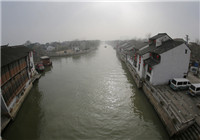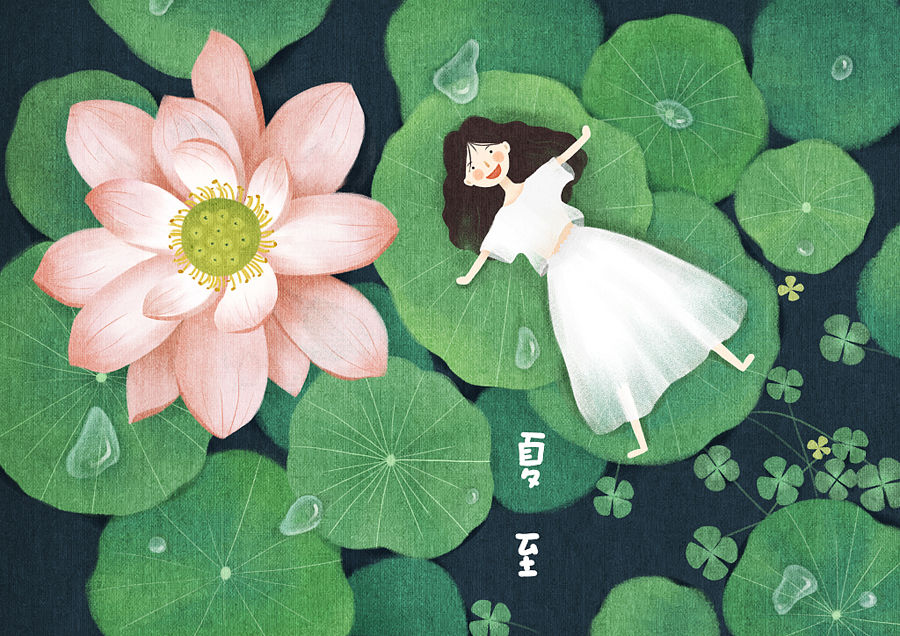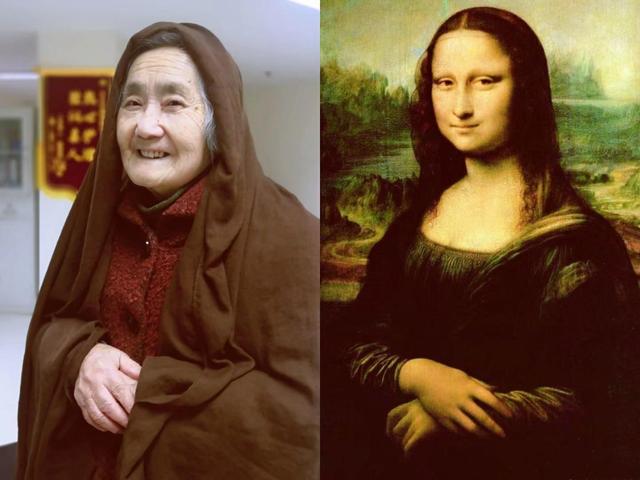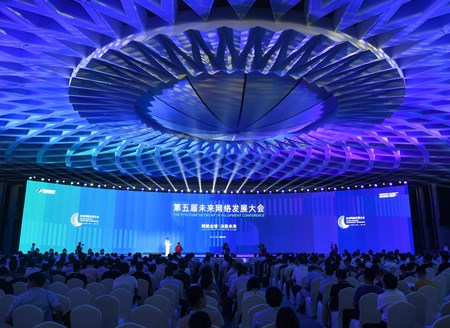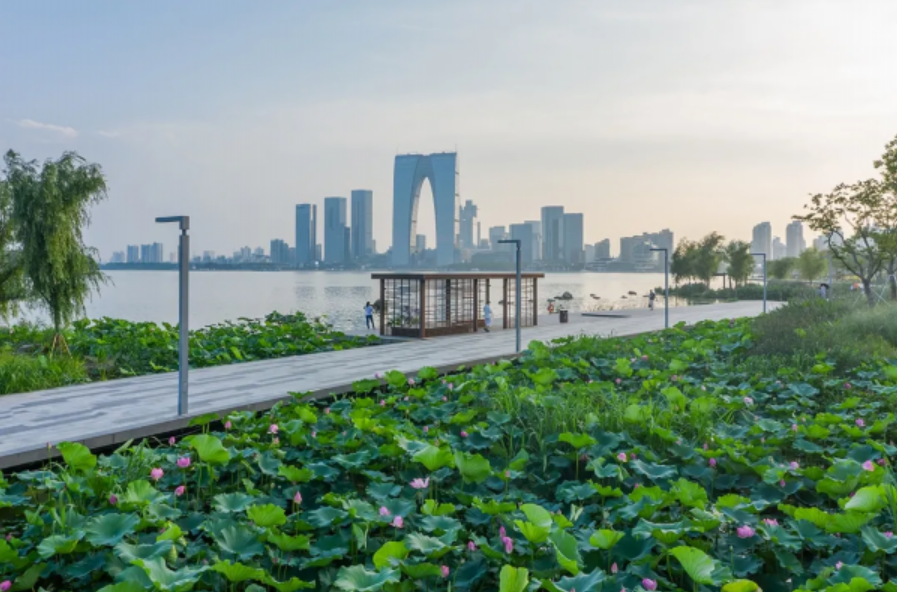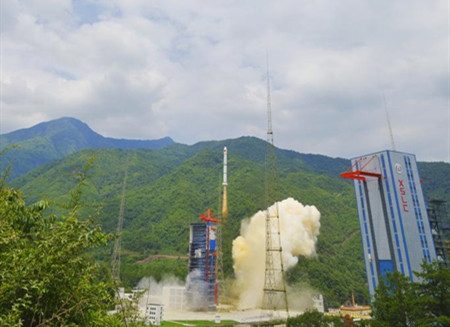
Wuxi, the Yangtze River city with a history of over 3,000 years, has formed a colorful canal culture nourished by the Beijing-Hangzhou Grand Canal.
The Wuxi section of the Grand Canal is 40.8 kilometers in length. The people of Wuxi have lived along the river since the very beginning.
Huang Renrong, 81, has lived on the riverbank all his life. He recalled that the ancient canal was the mother river of Wuxi, but the water became dirty as factories were built along the river. "Now, under the government's vigorous remediation, the water has slowly become clear thanks to the government’s efforts. More and more tourists will take cruises here to feel the ancient charm of the canal," said Huang.
Today, this ancient canal located outside Nanmen is the historical block of Qingming Bridge, and was listed as World Heritage Site by UNESCO.
In Wuxi, the extensive participation of social capital in protecting the heritage of the canal has become a shared idea for the whole society. The Beicangmen Art Museum built in September 2005 was once the most important wharf and warehouse for silk cocoons in Wuxi. Zheng Haohua, an overseas returnee, invested millions of dollars in building the Beicangmen Life Art Center based on the original structure and architectural style of the warehouse.
Wuxi established the first urban cultural heritage protection fund in China and has raised over 24 million yuan ($3.6 million) of social capital. Five major historic and cultural block protection and restoration projects - including Qingming Bridge, Huishan, Rongxiang, Xiaolouxiang and Dangkou Ancient Town - have raised social funds of 4.9 billion yuan ($740 million).
